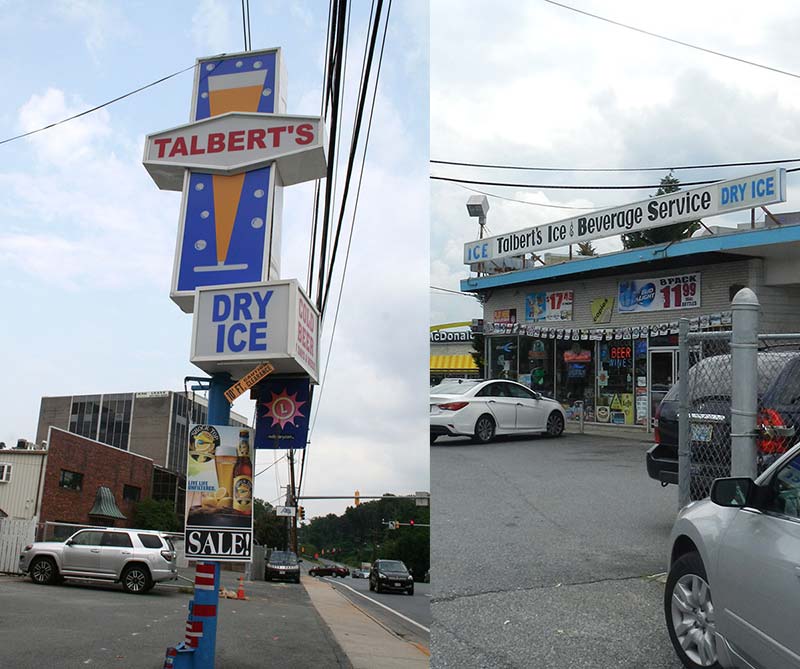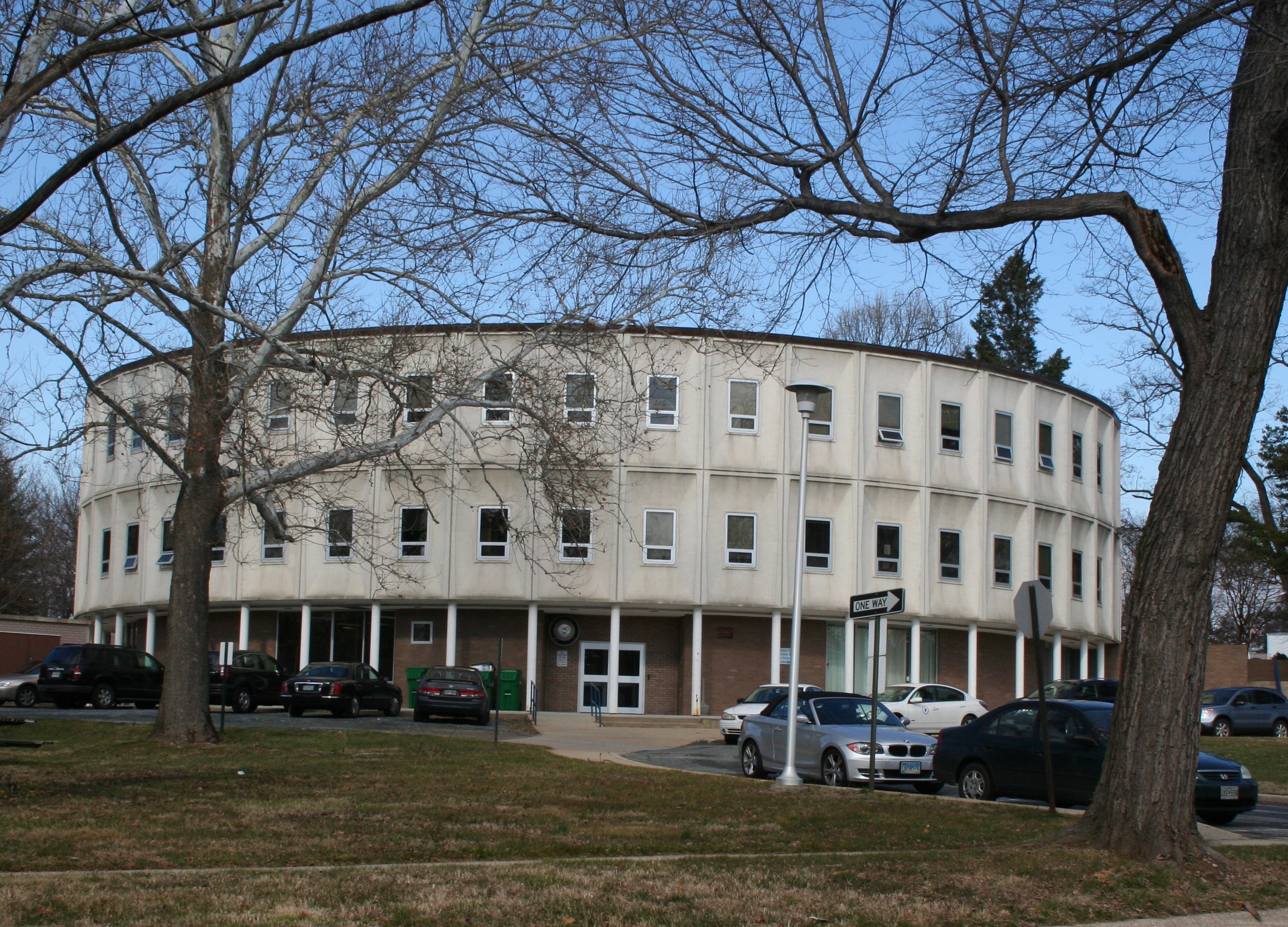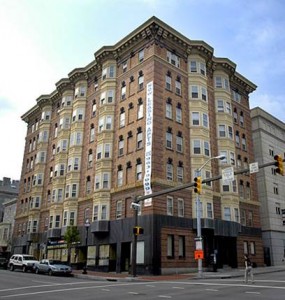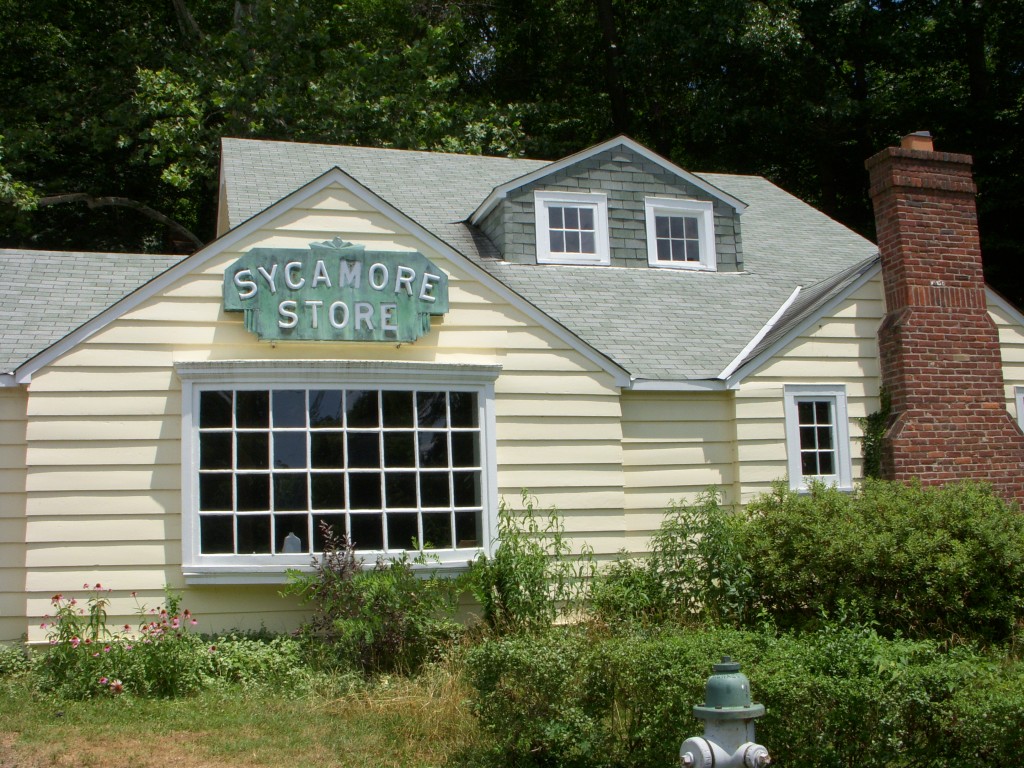
The exuberant mid-century modern design of commercial signs captures the entrepreneurial spirit of mom and pop shops that thrived during the post-World War II population boom of Montgomery County.
With loud colors and catchy shapes, the quirky signs howled for the attention of passing motorists. In recent years, the style has been dubbed Googie, after colorful California coffee shops of the day. These roadside signs are a record of the past, modern design, and the independent businesses that were staples to county residents.
Sporting a tall cold beverage, the sign for Talbert’s Ice and Beverage Service advertises cold beer, dry ice, and regular ice. The store building, at 5234 River Road in Bethesda, was built in 1946, according to … Continue reading








